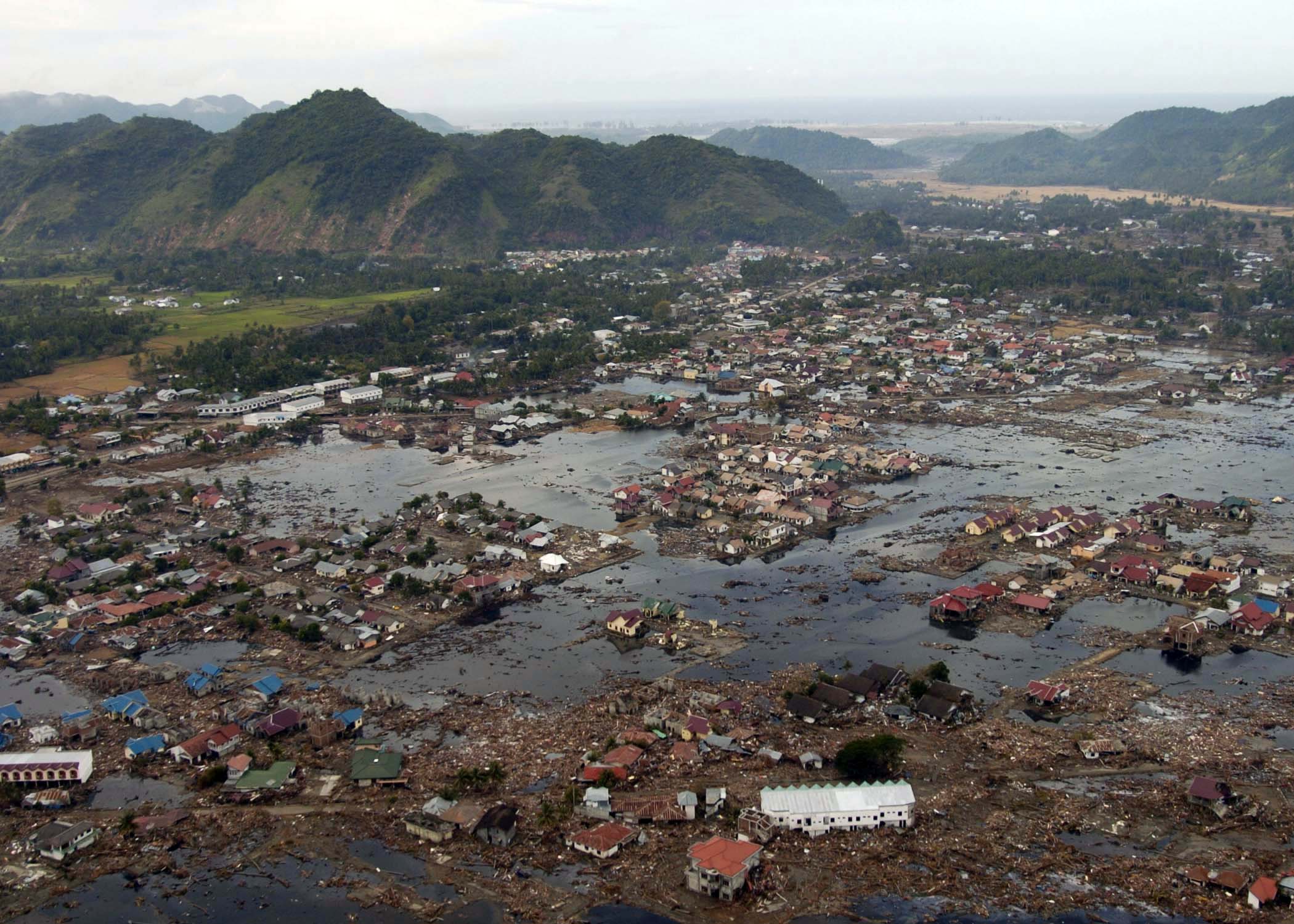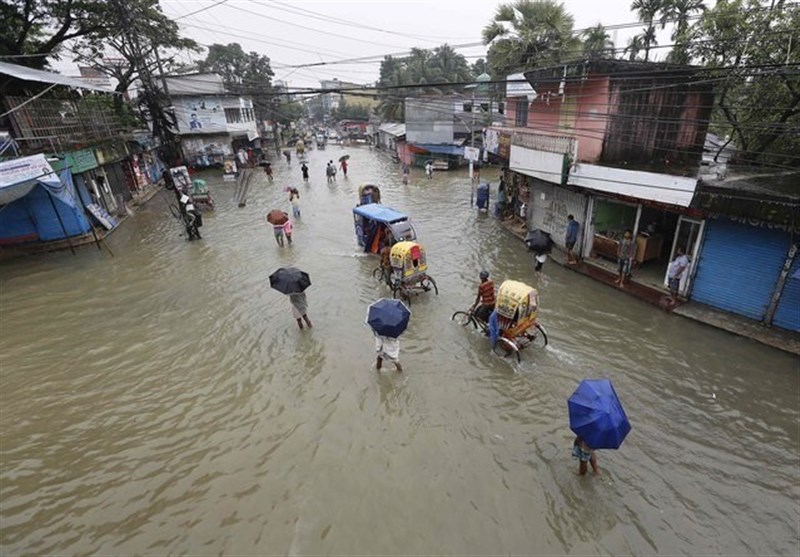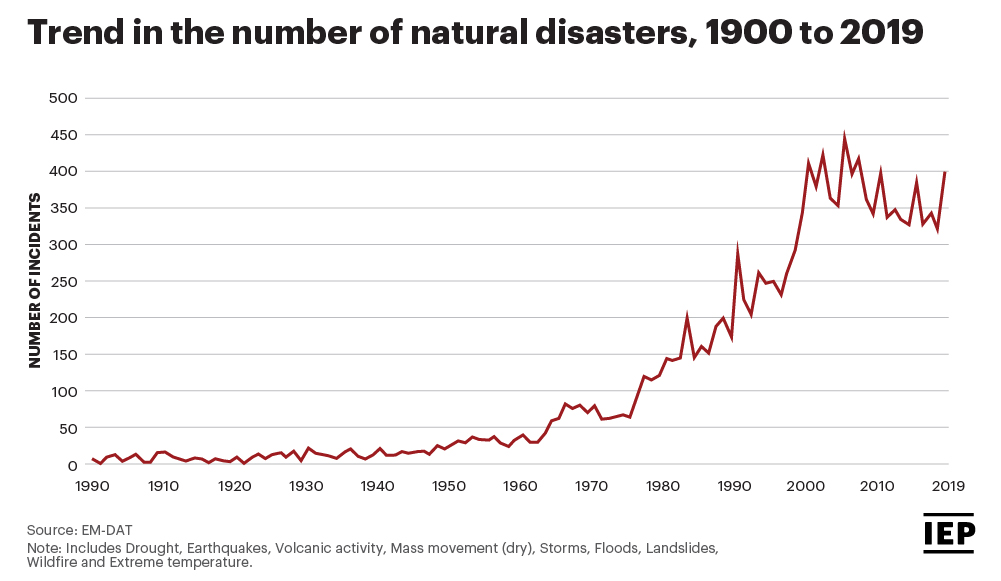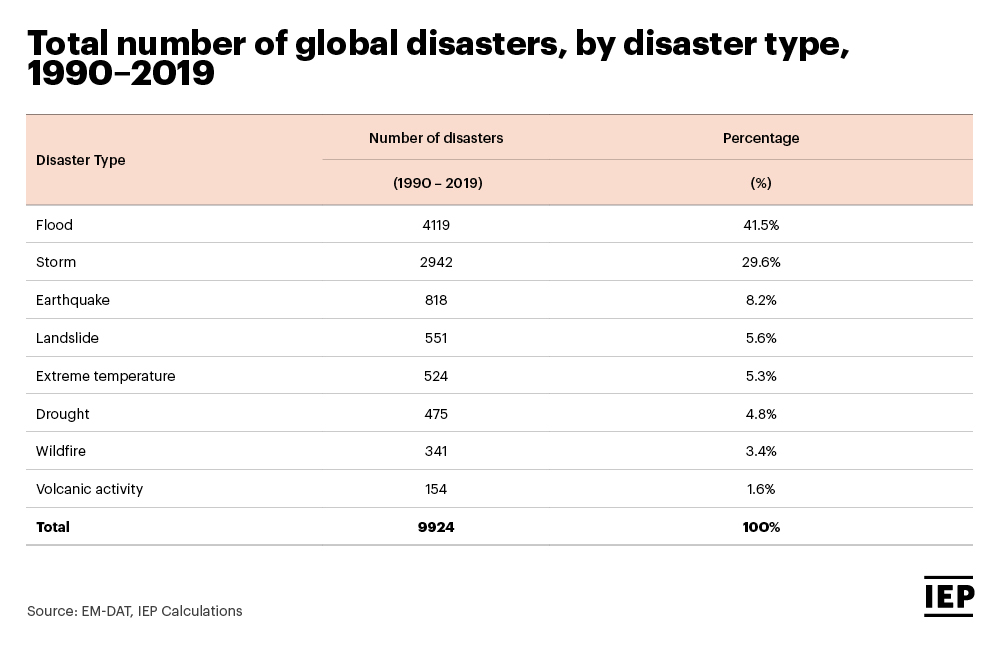A look at data over the last century shows a dramatic rise in the number of catastrophic natural events. The world has witnessed a tenfold increase in the number of natural disasters since the 1960s, the Ecological Threat Register (ETR) shows.
Data captured between 1900 and 2019 reveal an increase from 39 incidents in 1960 to 396 in 2019.
In 2005, the world experienced the largest amount of natural disasters that left a death toll of more than 90,000 after 442 incidents with another 160 million people in need of immediate assistance.
The negative impacts of natural disasters depend on the intensity of individual incidents. Natural disasters can be of low intensity and occurring frequently, or they can be one-off catastrophic events.
Related Articles: Natural Disasters Resilience in the Technology Age | Why Canada Can’t Afford to Put Climate Adaptation on the Back Burner | How to Address Nature Risks and Climate Change
In 2004, a tsunami which affected numerous countries in Southeast Asia represents a one-off catastrophic incident that has substantial impacts. The tsunami caused more than 220,000 deaths and widespread destruction across the region.

The resulting cost of addressing damage caused by natural disasters has risen from US$50 billion per year in the 1980s to US$ 200 billion per year in the last decade.
Flooding is the most common natural disaster since 1990. From 1990 to 2019, a total of 9,924 natural disasters occurred globally, of which 42% were floods. Storms including cyclones, hurricanes, tornadoes, blizzards, and dust storms, followed and accounted for 30% of the total natural disasters in this time period. Together, floods and storms account for 71% of the disasters that have occurred since 1990.
Changes in climate conditions, especially the warming of global temperatures increase the likelihood of weather-related natural disasters. Hotter global temperatures increase the risk of droughts as well as the intensity of storms and create wetter monsoons. This is most visible when seen through changes in the intensity and frequency of droughts, storms, floods, extreme temperatures and wildfires. In the face of more common extreme weather events and climate-related disasters, natural resources such as land and water will be most vulnerable.
About the author: The article has been written by the Vision of Humanity Editorial staff – brought to you by the Institute for Economics & Peace (IEP). The IEP investigates the impact of COVID-19 and future trends in economics, politics, social dynamics, conflict and development.
Editor’s Note: The opinions expressed here by Impakter.com columnists are their own, not those of Impakter.com.
In the Featured Photo: Over 1 million villagers in Bangladesh marooned or leaving their homes for higher ground. Featured Photo Credit: Tasnim.













